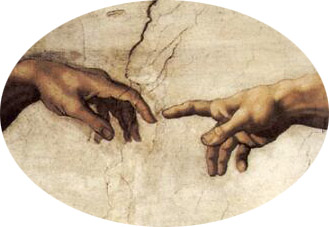Ethnography of visually impaired

視覚障害の民族誌
Ethnography of visually impaired

視覚障害者を中心とした障害のエスノグラフィについて考えるのが、このページの目的である。
2013年の『人類学レヴュー年報(Annual Review of
Anthropology)』に、フェイ・ギンスバーグとレイナ・ラップによる「障害者の世界」という文献レビューがある。その中の一部に、初期の障害研
究のエスノグラフィが、数本紹介され、「機能障害=身体障害の人類学」というジャンルが確立していく様子が描かれている。
"Other early ethnographies focused on the phenomenology of
embodied difference in a lessthan-
accommodating world. Groce, Becker, Gwaltney, and Deshen were
particularly attentive
to different communicative practices entailed in impaired hearing
(Becker 1980, Groce 1985)
and sight (Gwaltney 1970, Deshen 1992), with a focus on management
tactics as well as the
creation of communities, whether inclusive or exclusionary of
difference. The pioneering medical
anthropologist Joan Ablon authored several key studies on the social
consequences of genetic
differences. Her important books on short-statured people and their
communities of support and
strategies of normalization began with Little People in America (Ablon
1984), followed by Living
with Difference: Families with Dwarf Children (Ablon 1988), and most
recently Brittle Bones, Stout
Hearts and Minds (Ablon 2010). As Shuttleworth & Kasnitz point out
in a cogent review of her
work, “Ablon’s methodological rigor, privileging of informant voices,
and participatory approach
is an exemplary ethnographic model for the anthropology of
impairment-disability” (Shuttleworth
& Kasnitz 2004)." - Faye Ginsburg and Rayna Rapp, DisabilityWorlds,
Annu. Rev. Anthropol. 2013. 42:4.1–4.16
さて、ここで私がとくに焦点を当てたいのが、Gwaltney JL. 1970. Thrice Shy: Cultural Accommodation to Blindness and Other Disasters in a Mexican Community.である。……
リンク
文献
その他の情報